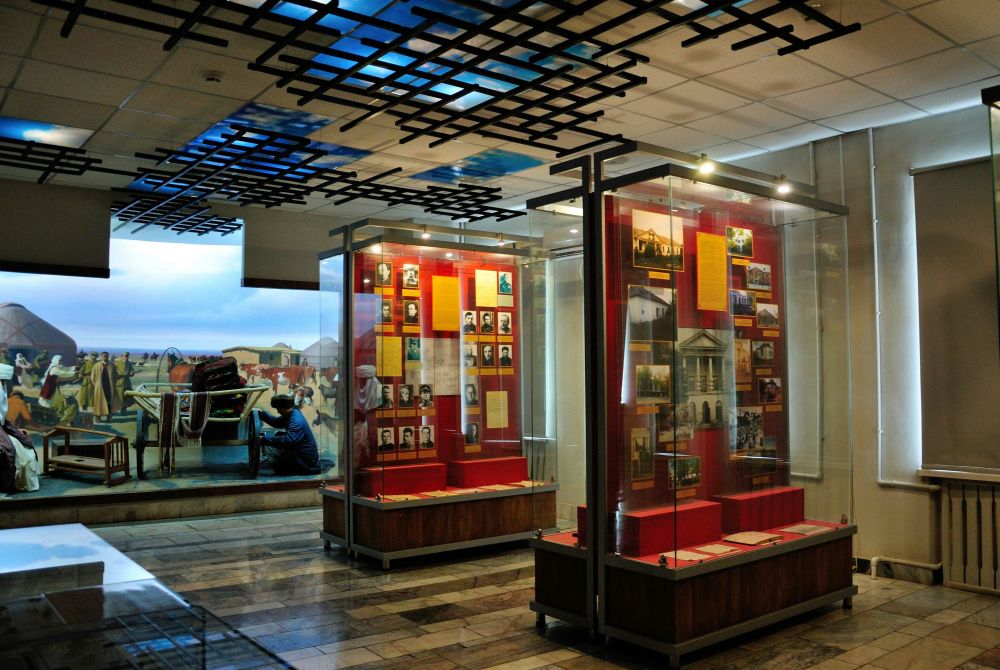

KarLag, or the Karaganda Corrective Labor Camp, was one of the largest Gulag labor camps during the Soviet era, situated in the Karaganda region of Kazakhstan. The museum itself, located in the city of Dolinka near Karaganda, provides a stark look at the lives of prisoners and the dark history of political repression. The food history within the context of KarLag is a tale of scarcity, survival, and the adaptations under harsh conditions. The prisoners' diet was scant and often consisted of whatever could be grown locally or rationed out, which included simple gruels, bread, and meager portions of whatever protein sources were available.
Outside of the KarLag historical narrative, Karaganda sits in a region with a diverse ethnic composition, having influences from Russian, Kazakh, and other Central Asian culinary traditions. The food typically features hearty dishes meant to provide sustenance in the cold climate and historically included a significant amount of meat and root vegetables. However, given the significant vegetarian preferences present today, traditional dishes are sometimes adapted to suit these dietary requirements.
Famous for their traditional Kazakh dishes, with vegetarian adaptations available upon request.
Known for authentic Central Asian cuisine with an emphasis on meat dishes, but has a selection of vegetable plov and manty.
A haven for Italian cuisine lovers, offering both vegetarian and non-veg pasta dishes.
Famous for Chinese cuisine, providing an assortment of tofu dishes for vegetarians alongside traditional meat dishes.
A vegetarian restaurant serving a miscellany of international vegetarian dishes.
It should be noted that while KarLag Museum itself is focused on history and might not serve food directly, the city of Karaganda is where your culinary journey in Kazakhstan can explore both historical flavors with modern adaptions for all types of food lovers.